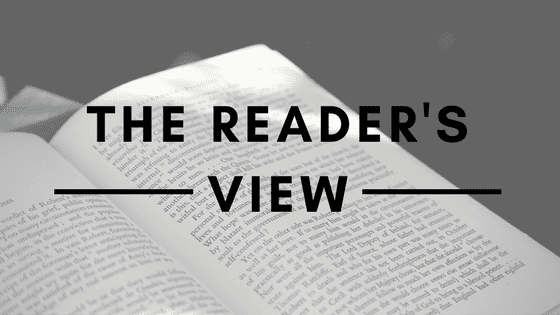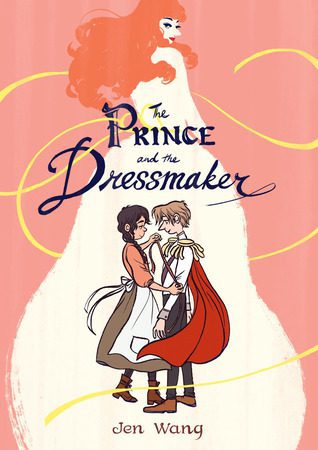 In her graphic novel The Prince and the Dressmaker, Jen Wang intertwines storytelling, art, and fashion to weave the tale of a brilliant seamstress and the daring young prince who dons her creations. But even though this fairy tale begins with a classic trope — a handsome prince seeks a bride — it is far from cliche.
In her graphic novel The Prince and the Dressmaker, Jen Wang intertwines storytelling, art, and fashion to weave the tale of a brilliant seamstress and the daring young prince who dons her creations. But even though this fairy tale begins with a classic trope — a handsome prince seeks a bride — it is far from cliche.
 From the opening panels, Wang’s vision of Paris at the dawn of the modern age is alight with color and movement. Her two protagonists occupy very different spaces within the world — one opulent and one modest — but both the prince and dressmaker reject the narrow boxes into which the world places them. Frances, a low-level seamstress employed in a dress shop, dreams of becoming a high fashion designer who upends the rules of female clothing. Prince Sebastian, trapped by his parents’ expectations and his royal title, yearns to escape the rigidity of his life — and his gender — by embracing a female alter-ego.
From the opening panels, Wang’s vision of Paris at the dawn of the modern age is alight with color and movement. Her two protagonists occupy very different spaces within the world — one opulent and one modest — but both the prince and dressmaker reject the narrow boxes into which the world places them. Frances, a low-level seamstress employed in a dress shop, dreams of becoming a high fashion designer who upends the rules of female clothing. Prince Sebastian, trapped by his parents’ expectations and his royal title, yearns to escape the rigidity of his life — and his gender — by embracing a female alter-ego.
Inspired by one of Frances’ illicit designs, Sebastian hires her to create the elaborate, high-fashion ensemble of his female alter ego. Together, the prince and the dressmaker develop the persona of Lady Crystallia, through whom both protagonists can live their wildest dreams.
Wang’s fairytale Paris is a world about to burst at the seams. The characters strain against the roles they’ve been placed in, a tension that Wang illustrates by breaking down the traditional panel structure of a graphic novel. Her characters dart from panel to panel, distorting the neat boxes and occasionally escaping them altogether, flashing across the whitespace of the page.
When Sebastian and Frances recognize their mutual rebellion, they decide to assist each other in secret, with Frances assuming the role of brilliant dressmaker to the fashionable Lady Crystallia. In the moment when they strike their deal, Wang allows their highly-structured world to fall away. She replaces Sebastian’s opulent dressing room with a backdrop of simple white, across which her characters stare at each other with wide eyes.
“You keep my secret and continue to make beautiful clothes for me…” says Sebastian.
“…And I may someday by a great designer,” says Frances.
When they choose to unveil Lady Crystallia, Sebastian experiences a freedom that he’s never achieved before: freedom to express his female identity and freedom from the structures that confine his life to neat, orderly boxes. Lady Crystallia bursts into the world in an array of vibrant orange and expands to the full length of page, a riot of color and energy that dismantles the structure of the illustrated world altogether. In that moment, Sebastian, Frances, and Lady Crystallia are all perfectly themselves, free from the confines of their previously limited lives.
With its skillful blend of storytelling, art, and fashion, The Prince and the Dressmaker allows its characters to break down the boundaries of their rigid lives and redefine what it means to be themselves. Together, they build a fairy tale of creativity, love, and acceptance for the contemporary world.




